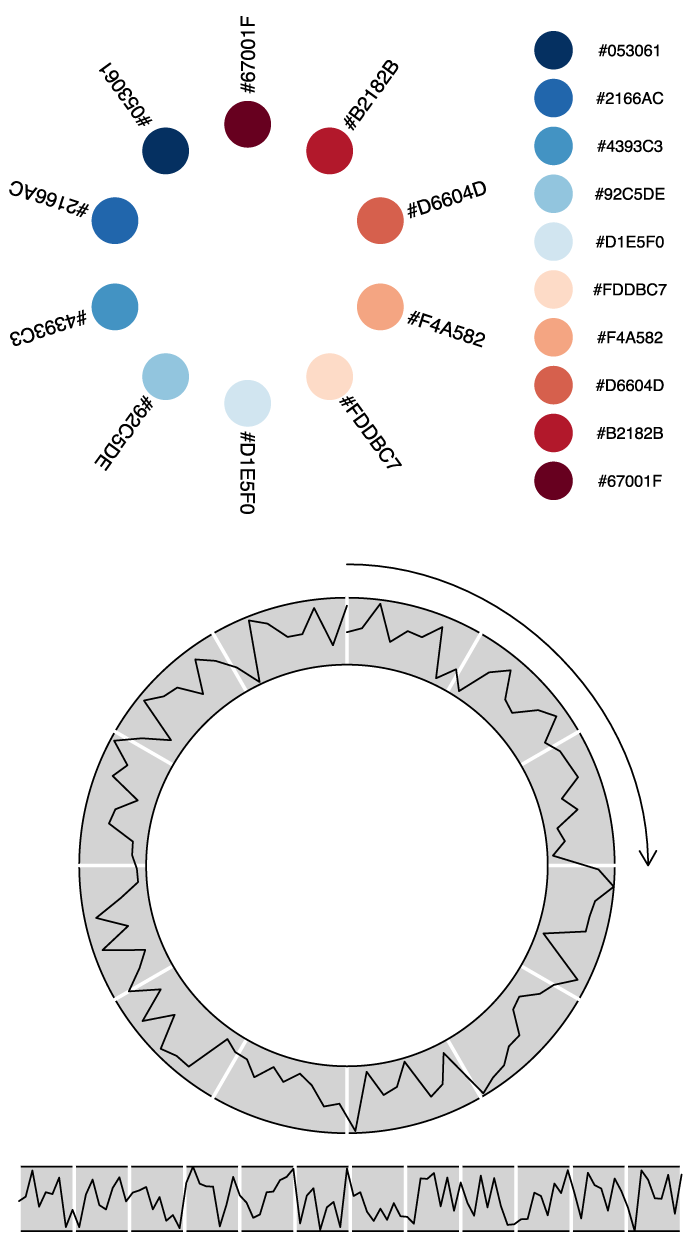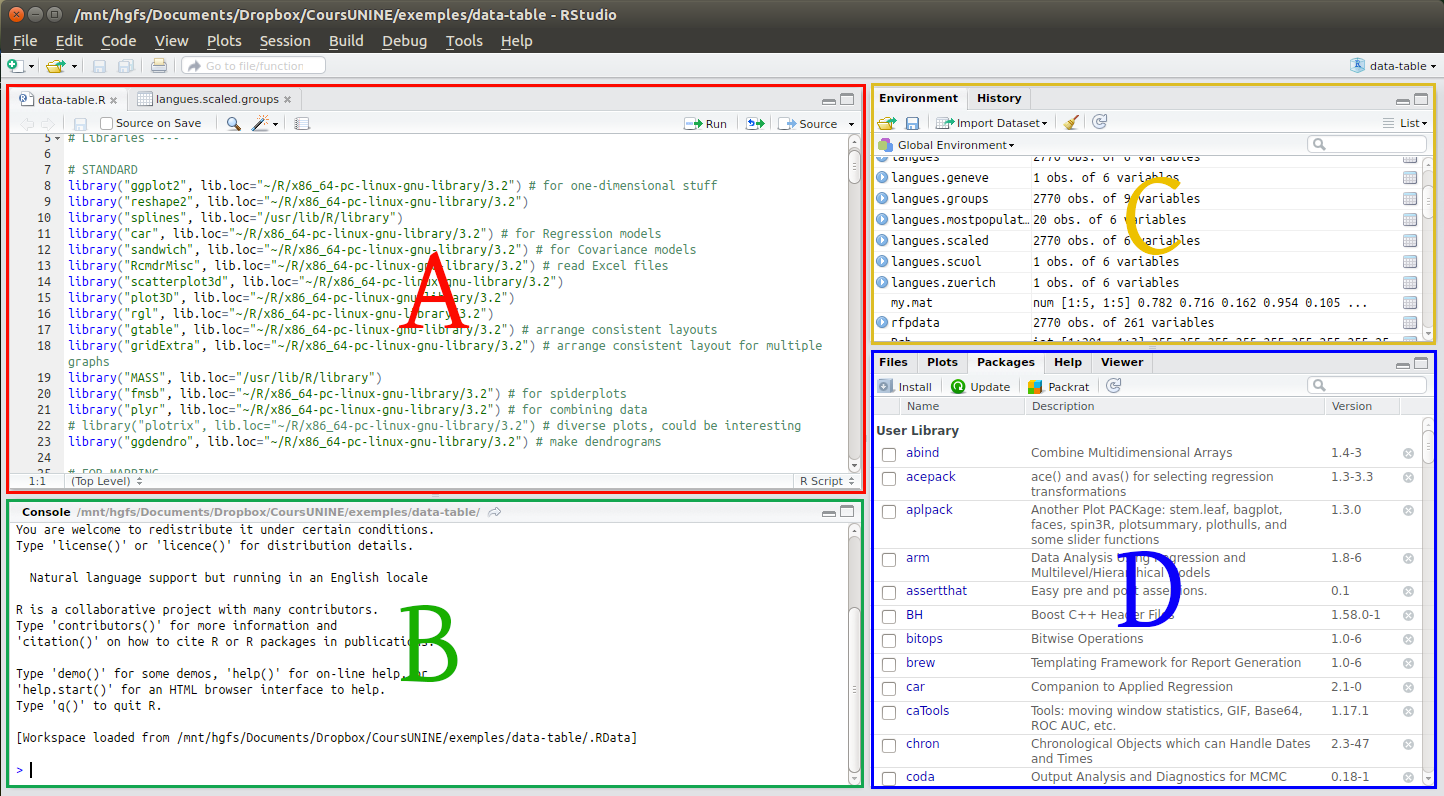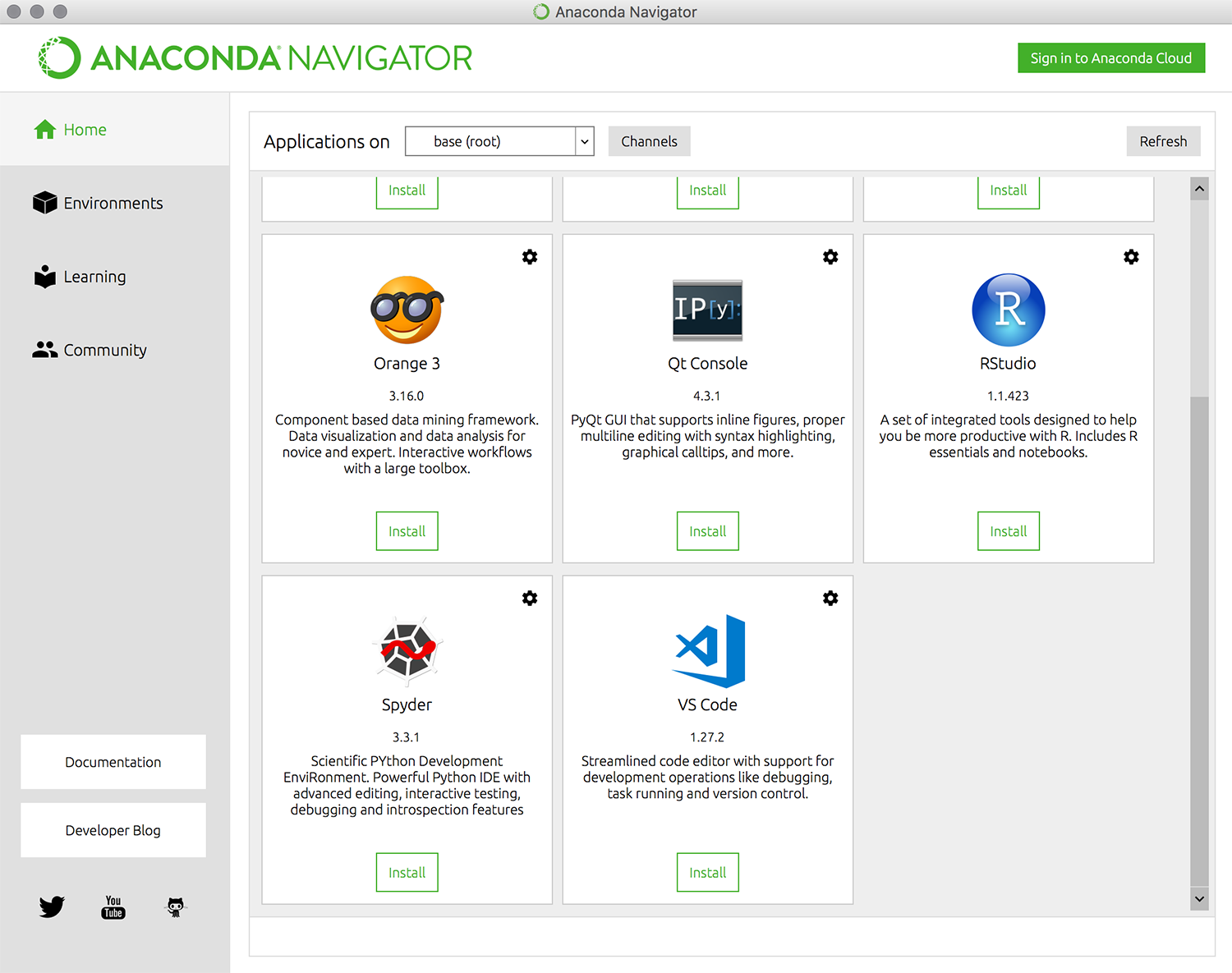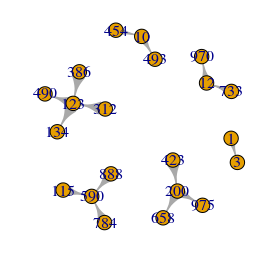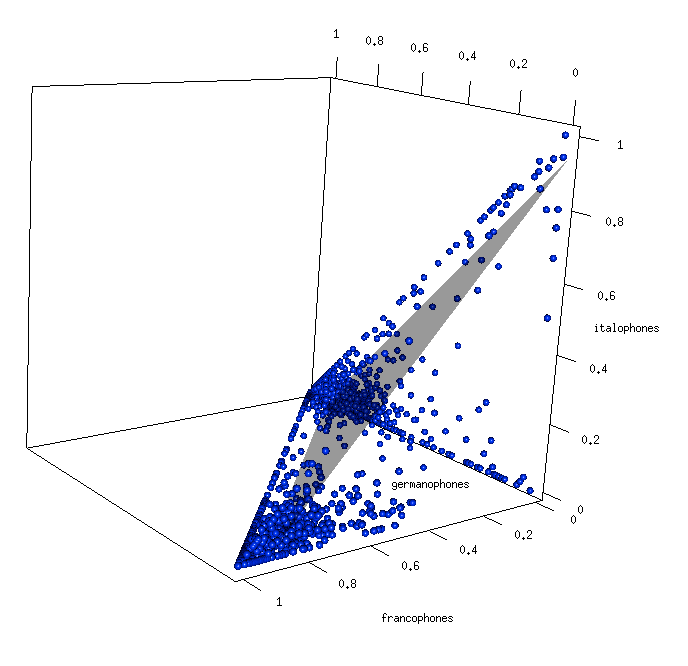Most of the graphics documenation in R is dedicated to high level plotting packages that sometimes remind me of LaTeX: you spend less time producing graphical elements you need than getting rid of elements you have not asked for. Some of these packages are great, of course, and you should definitely use them for well […]
Tag Archives: rstats
Repair a pandoc-generated LaTeX table with R
Pandoc is a great piece of software but it is not always kind to HTML tables when converting to LaTeX. Especially tables containing <tr> elements with rowspan or <td> elements with colspan attributes end up as sequences of lines of text, not embedded in a table environment like longtableand devoid of both line endings (\\) […]
Text Mining: Detect Strings: Very Fast Word Lookup in a Large Dictionary in R with data.table and matrixStats
Looking up words in dictionaries is the alpha and omega of text mining. I am, for instance interested to know whether a given word from a large dictionary (>100k words) occurs in a sentence or not, for a list of over 1M sentences. The best take at this task is using the Julia language, but […]
Premiers pas avec R et RStudio
Cet exercice a pour préalable d’avoir installé R et RStudio. Se familiariser avec l’interface Ouvrez RStudio. Vous devriez voir l’interface comme à l’image ci-dessous, pour l’heure sans la partie A. La partie C est en principe vide: Les fonctions de ces différentes parties sont les suivantes: Exécutez des lignes de codes dans la console (B) […]
Installer R et RStudio comme logiciels indépendants
R est un langage de programmation. Pour que les programmes écrits en R fonctionnent, il est nécessaire d’installer au préalable un environnement d’exécution pour ce langage. RStudio est un environnement de développement (en anglais: IDE: Integrated development environment) pour R. Installer l’environnement d’exécution du langage de programmation R Vous pouvez installer R et RStudio comme […]
Installer R, RStudio et Orange Data Mining avec Miniconda
Conda est un gestionnaire de logiciels d’analyse de données et de visualisation extrêmement répandu dans les milieux scientifiques. Sa version minimale, Miniconda, permet d’installer et de tenir à jour plusieurs logiciels dont R, RStudio et Orange Data Mining. Installez-le en suivant les instructions ci-dessous. Dans tous les cas, si un choix est proposé choisissez la […]
Create a subgraph from the neighborhood of specific vertices in igraph
Many user of igraph for R expect the functions ego() and make_ego_graph() , that take a list of vertices as input, to generate a new graph composed of the neighbors of these vertices. Unfortunately, these functions do no such thing. They generate a list of igraph.vs objects, which cannot be further treated as an igraph […]
Visualiser des données avec R (2): réductions dimensionnelles et clustering
Cet exercice fait suite à l’exercice Visualiser des données avec R (1). Il présuppose que vous avez chargé les données et créé les variables de cet exercice précédent, faute de quoi les scripts R ci-dessous ne fonctionneront pas. Les commentaires du code sont minimaux. Cet exercice présuppose soit, 1. que vous venez de suivre une […]
Unknown column? Force encoding of an entire table from “unknown” to “UTF-8” in R on Windows
A common knitr issue on Windows Running R scripts on a Windows machine is equivalent to a dive into enconding hell. In effect, your non-English data most likely contains characters like Ä, ü, è or š, or even 语言. In all cases, the only serious way of dealing with these, in fact with any data […]
Cleaning up PDFs of pre-1990s scanned texts for text mining in R with Quanteda
Text sources are often PDF’s. If optical character recognition (OCR) has been applied, the pdftools R package allows you to extract text from all PDFs to text files stored in a folder. The readtext package converts the set of text files into something useful for Quanteda. Nevertheless, some cleaning is necessary before transforming your text […]
